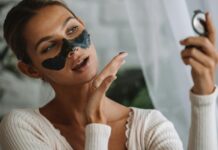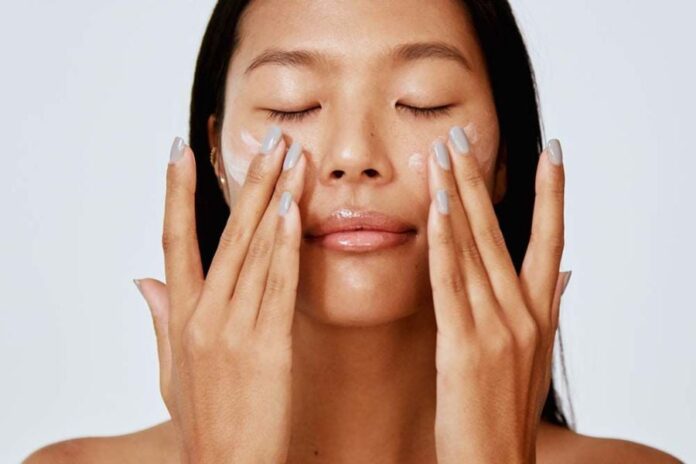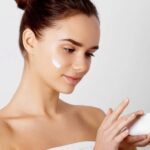Retinol is a powerhouse ingredient in skincare, stimulating collagen production, reducing wrinkles, and aiding in acne treatment. However, when used incorrectly, retinol can cause irritation, peeling, and increased skin sensitivity. Here are 6 common retinol mistakes and how to fix them for optimal results.
1. Starting with a high concentration of retinol
Impatience often leads to people opting for a high concentration of retinol from the get-go. This can cause intense irritation, resulting in redness, peeling, dryness, and stinging sensations.
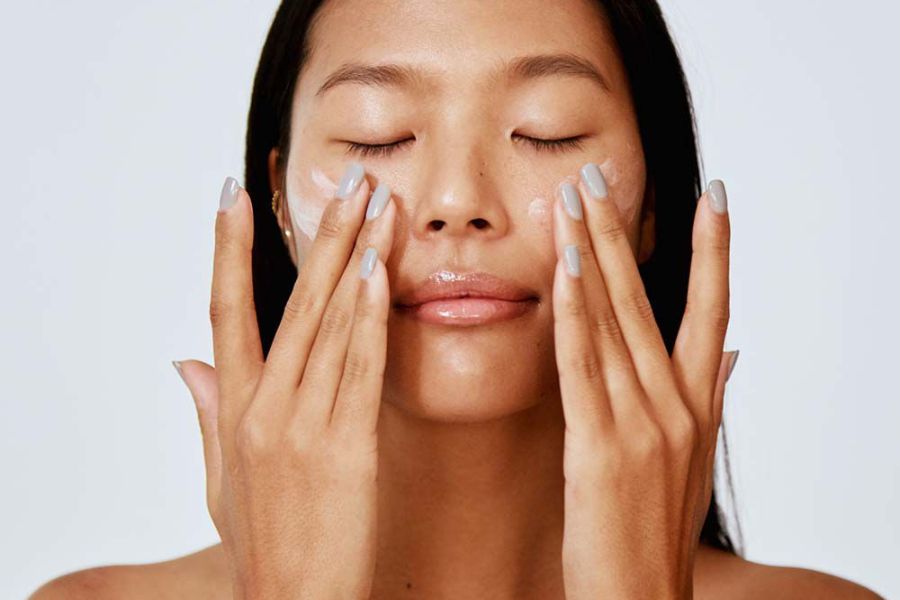
Impatience often leads to starting with a high concentration of retinol.
Fix:
Begin with a low concentration of retinol (0.1% – 0.3%) to give your skin time to adjust.
Use it 2-3 times a week, gradually increasing frequency as your skin builds tolerance.
Consider the “sandwich technique” by applying moisturizer before and after retinol to reduce irritation.
2. Overusing retinol in the beginning
Retinol boosts cell turnover, but daily use from the start can overwhelm your skin, leading to peeling, redness, and increased sensitivity. This is why many give up after a few weeks.
Fix:
Use retinol every other day or 2-3 times a week, gradually increasing frequency as your skin adjusts.
If irritation occurs, reduce frequency instead of stopping altogether.
3. Not using a moisturizer
Retinol can weaken the skin’s protective barrier, leading to moisture loss, dryness, and peeling. Without a moisturizer, irritation will worsen.
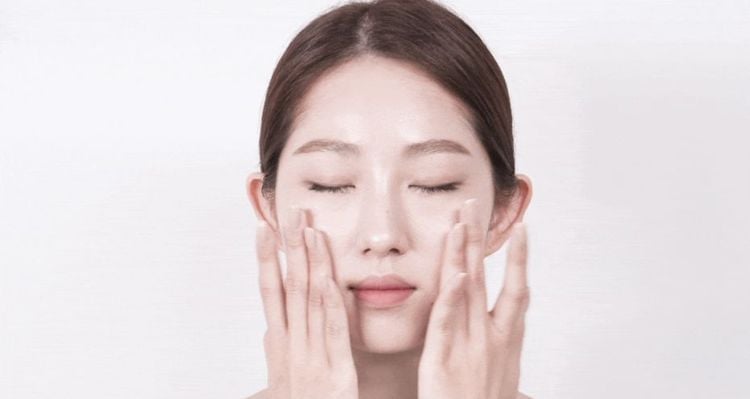
Retinol can weaken the skin’s protective barrier, leading to moisture loss.
Fix:
Always pair retinol with a restorative moisturizer containing ceramides, niacinamide, or hyaluronic acid to hydrate and reinforce the skin’s barrier.
Apply moisturizer immediately after retinol to lock in moisture and minimize irritation.
4. Skipping sunscreen
Retinol increases sun sensitivity, heightening the risk of sun damage, dark spots, and premature aging. Without sunscreen, retinol may do more harm than good.
Fix:
Always apply a broad-spectrum sunscreen with SPF 30 or higher in the morning, even when indoors.
Combine it with a wide-brimmed hat and sunglasses, minimizing direct sun exposure.
5. Combining retinol with potentially irritating ingredients
Retinol is a potent exfoliator, and when combined with AHA, BHA, or vitamin C, it can cause severe redness, peeling, and irritation.
Fix:
Avoid using retinol with AHA/BHA or vitamin C in the same routine.
If you wish to combine them, use retinol in your evening routine and vitamin C in the morning to maximize benefits without irritation.
6. Lack of patience
Retinol takes time to deliver results, and many give up too soon or constantly switch products, not allowing their skin to adjust.
Fix:
Retinol’s effects typically become noticeable after 8-12 weeks or more of consistent use.
Patience and proper usage, along with a suitable skincare routine, will lead to the best outcomes. Remember, retinol is a powerful tool against aging and acne, but it requires careful incorporation into your skincare regimen to avoid potential issues.
The Ultimate Guide to L’Oreal Anti-Aging Cream: Does it Really Work? Unveiling the Secrets to Youthful Skin.
The quest for youthful-looking skin is eternal, and many women are now seeking anti-aging skincare solutions. The L’Oreal anti-aging cream has sparked curiosity, with its bold claims of effectiveness. This review delves into the cream’s performance, exploring whether it lives up to its promise of reversing the signs of aging. Discover the secrets to unlocking its full potential and embrace a radiant, younger-looking you.





